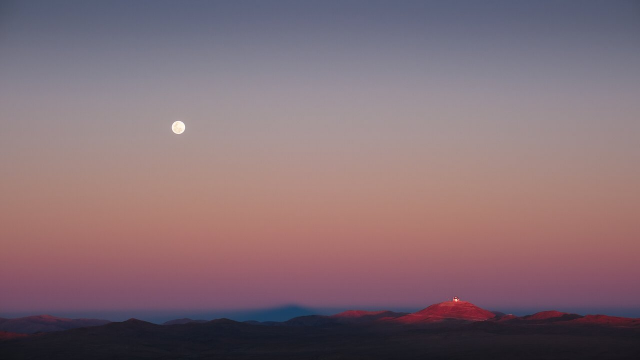Search
Items tagged with: astrodon
Endless expanse 🤩
The full #Moon shines bright in the sky. Below it, the giant dome of our Extremely Large Telescope glows with the golden #sunset light of the Atacama Desert in #Chile.
The ELT dome might look small in the image, but the full 30-min walk via the set of stairs from the entrance of the dome to its top indicates its gigantic size: 80 m high and 93 m wide.
Read more: eso.org/public/images/potw2549…
📷 L. Sbordone/ESO
Big #ESA news:
▶️ esa.int/About_Us/Corporate_new…

ESA Member States commit to largest contributions at Ministerial
The largest contributions in the history of the European Space Agency, €22.1 bn, have been approved at its Council meeting at Ministerial level in Bremen, Germany.www.esa.int
Excited to now share this story; papers have been accepted!
Apep is an awesome system, unlike any other we know about. It is named after the Egyptian God of Chaos - because, well, it is chaos!
Two Wolf-Rayet systems orbited by a third supergiant. As all their winds collide, they form these beautiful structures that have now been observed with #JWST and ESO's VLT.
I had a chat with fellow student from Macquarie Uni. Ryan White who has led one of the two papers that are released about this.
My latest for #SpaceAustralia
spaceaustralia.com/news/order-…
📸 NASA, ESA, CSA, STScI; Simulation: Yinuo Han (Caltech), Ryan White (Macquarie University); Visualization: Christian Nieves (STScI); Image Processing: Alyssa Pagan (STScI)
#Astronomy #Astrophysics #Astrodon #Apep #Science #WolfRayet
Order Amongst the Chaos of Apep | Spaceaustralia
A new paper, led by Macquarie University PhD researcher Ryan White, has helped reveal the spiral and intricate structure of a rare and unique stellar binary system in the Milky Way - Apep, named after the Egyptian mythological God of chaos.www.spaceaustralia.com


